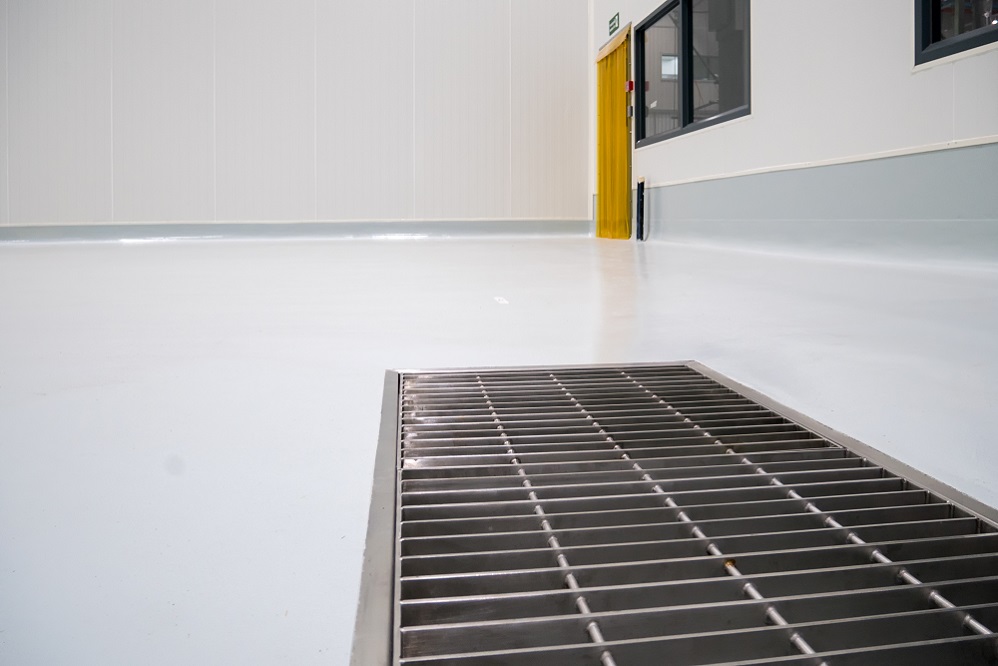
The Importance of Floor Drains in Your Home: What You Need to Know
Floor drains are an indispensable yet frequently overlooked component of a home’s plumbing system. You may not give them much thought, but proper floor drainage is crucial for preventing water damage, mold growth, and other problems in your home. Floor drains may blend into the background, but overlooking them is a costly mistake. In this in-depth guide, we’ll explore what floor drains are, where they belong, and how to maintain them.
What is a Floor Drain?
A floor drain is a plumbing fixture designed to remove water. It serves as the lowest drainage point in a room and connects to the main waste line of your home’s plumbing system. Floor drains are commonly found in basements, laundry rooms, garages, bathrooms, and kitchens – anywhere that experiences significant water use.
Floor drains typically consist of:
- A drain body and strainer set into the floor
- A p-trap that holds water to prevent sewer gases from entering
- A drainpipe that connects to larger building drainage pipes
- A removable strainer that catches debris and prevents clogs
Common types of floor drains include tile drains, stainless steel drains, and plastic drains. The drain body itself is usually made of cast iron, while the strainer material can vary.
Critical Locations for Floor Drains
There are several key areas of your home where installing a floor drain is highly recommended:
Basement
A floor drain is essential in basements, where flooding can quickly occur from groundwater seepage, leaky appliances, or plumbing leaks. Having a drain to catch and divert water away can prevent extensive damage. The drain should be placed at the lowest elevation on the basement floor.
Bathrooms
Bathroom floor drains help prevent overflow from tubs and showers. Position drains near the shower or tub area so water flows directly into the gutter. Bathroom floor drains must connect to an adequately vented branch drain line.
Kitchen
Kitchen floor drains are functional near the sink, dishwasher, and refrigerator. They catch spills, overflow from the sink, and discharge from appliances. Kitchen floor drains require a grease trap to prevent clogs from fats, oils, and food waste.
Laundry Room
Laundry room floor drains prevent damage from overflowing washers and wet floors. Position the drain near the washing machine. The drain must tie into a separate drainage line.
Garage
A floor drain in the garage collects water from cars, melting snow, flooding, and appliance leaks. Use a drain cover to prevent debris from clogging the drain. The drain size should match the slope of the garage floor.
Installing Floor Drains: What You Need to Know
Improper installation of floor drains can lead to water damage or sewer gas odors in your home. Critical steps for proper floor drain installation include:
- Positioning the drain at the lowest point of the floor’s slope
- Ensuring the drain is level with the surrounding floor
- Connecting the drain to a properly vented branch line
- Installing a p-trap and priming it with water
- Make sure drainage piping slopes 1/4 inch per foot toward the main line
- Securing the strainer flush with the floor surface
Floor drains must connect to an approved drainage system and cannot drain directly into a septic system. A licensed plumber should install your home’s floor drains to ensure proper drainage and prevent future problems.
Floor Drain Maintenance Tips
Like any plumbing fixture, floor drains require regular maintenance to remain clear and prevent unwanted backup. Here are some essential maintenance tips:
- Remove debris from the drain strainer after use, such as hair, grease, or food waste
- Flush drains monthly with hot water to remove buildup
- Use a drain auger or plumber’s snake periodically to clear clogs
- Keep drain strainers screwed in tightly to prevent sewer gas smells
- Check p-traps regularly to ensure they are full of water
- Pour water down unused drains to maintain the water barrier
- Apply grease solvents to kitchen or garage floor drains to dissolve oil/grease
Avoid pouring harsh chemicals down drains. Over time, they can corrode pipes and cause leaks. Contact a professional plumber if you experience persistent clogs, leaks, or odors from floor drains.
The Importance of Proper Drainage
Floor drains might seem insignificant, but they play a significant role in keeping your home’s drainage system working properly. When water pools on floors from leaks or overflows, it can lead to structural damage, mold growth, and rot over time. A working floor drain quickly whisks water away, preventing extensive repairs and health hazards.
Installing code-approved floor drains in all the suitable locations also improves indoor air quality by sealing off sewer gases. Routine drain maintenance keeps plumbing free of obstructions and helps prevent cracked pipes or water damage. Considering the importance of floor drains, ensure they are professionally installed and properly cared for in your home.
Conclusion
Floor drains are required under the building code in certain rooms, but they are a wise addition in any area prone to water usage. Positioning floor drains in the lowest spots where flooding can occur will help maintain healthy indoor air and reduce mold growth. Be sure floor drains are expertly installed and connected to your home’s vented drainage system. With routine care and cleaning, floor drains will serve as an essential line of defence for years to come.
